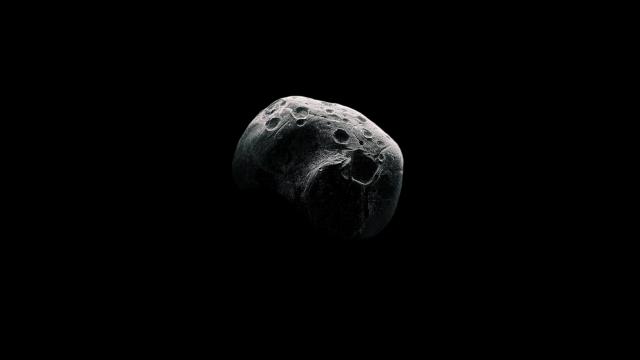Giant asteroids don’t collide with our planet very often, but they do hurtle by within a relatively close distance at times, only to disappear into the cosmic void. Case in point: Another asteroid is primed to careen within what scientists call a “potentially hazardous” distance of the planet later this month, and the vast majority of humanity will have no idea.
Should you be worried about the massive space rock that could, theoretically, spell disaster if it were to make landfall on terra firma? No, you shouldn’t. But that doesn’t mean you should ignore it either.
When is asteroid 2016 AJ193 passing Earth?
The asteroid, called 2016 AJ193, is just under a mile wide and moving at a speed of 94,208 km per hour, according to EarthSky. Its closest encounter with Earth will occur on August 23 at 11:10 a.m. ET, and experts note that anyone trying to spot the asteroid in the wild will have the best chance of doing so before sunrise. If you’re trying to catch a glimpse of it, you’ll have to use a telescope.
Despite the “potentially hazardous” label designated by NASA, EarthSky is quick to allay any fears of impending apocalypse (at least from this particular asteroid) because it won’t hit Earth.
How close is a “Near Earth Object”?
2016 AJ193 was first discovered in 2016 by the Panoramic Survey Telescope and Rapid Response System at the Haleakala Observatory in Hawaii. It’s classified as a Near Earth Object (NEO), because of its relatively close distance to our planet, but the criteria is actually defined by a magnitude of millions, as NASA explains:
They approach Earth’s orbit to within 7.5 million kilometers (about 4.6 million miles). By comparison, when Mars and Earth are at their closest, they are about 53 million kilometers (about 33 million miles) apart.
Scientists monitor NEOs because asteroids and comets within this distance could theoretically get sucked into our planet’s orbit, though it’s a very rare occurrence. It’s all a matter of mitigation, if an NEO were to ever pose a threat. The space agency writes: “Knowing the size, shape, mass, composition and structure of these objects helps determine the best way to divert one, should it have an Earth-threatening path.”
As far as this asteroid is concerned, it only orbits the sun every six years, and won’t return back to within a very close distance of Earth for another 65 years. So when you think about it that way, it’s nothing to worry about at all.

Leave a Reply
You must be logged in to post a comment.